11 November 2024

Jan Bláha, postdoc at EMBL Hamburg, talks about the utility of in cellulo protein crystallisation in structural biology research, his sources of inspiration, and the values of collaboration, curiosity, and resilience.
PEOPLE & PERSPECTIVES
19 June 2024
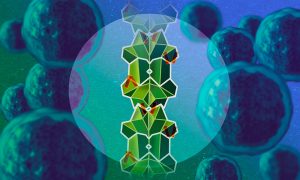
EMBL Hamburg scientists and collaborators discovered a new molecular mechanism in which an unstructured protein disables one of the main cancer-promoting proteins by gluing them into an elongated stack. Data from human patient samples support the role of this mechanism in prostate cancer…
SCIENCE & TECHNOLOGY
27 November 2023
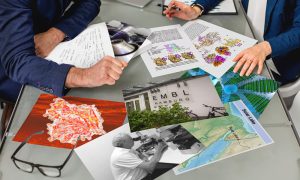
An interdisciplinary collaboration between Hamburg scientists has yielded new insights into the structure and function of a heat-resistant enzyme from an exotic microbe. In this interview, EMBL Hamburg’s Matthias Wilmanns and TUHH’s Garo Antranikian discuss how their collaboration developed and…
SCIENCE & TECHNOLOGY
2023
sciencescience-technology
1 November 2023
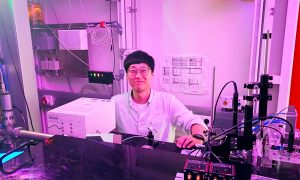
In this interview, Sihyun Sung, Postdoctoral Fellow at EMBL Hamburg, talks about making molecular movies with time-resolved serial X-ray crystallography, his sources of inspiration, and the value of forging deeper connections with friends and colleagues.
LAB MATTERSPEOPLE & PERSPECTIVES
2023
lab-matterspeople-perspectives
10 May 2023

EMBL Hamburg scientists have contributed to the development of the Spitrobot, a ground-breaking experimental setup that will simplify creating molecular movies. The Spitrobot automates the sample preparation for time-resolved crystallography, which is used to create 3D snapshots of protein…
SCIENCE & TECHNOLOGY
2023
sciencescience-technology
1 February 2022

EMBL Hamburg’s Grzegorz Chojnowski from the Wilmanns Group developed software called findMySequence, which identifies proteins’ amino-acid sequences based on electron cryo-microscopy and X-ray crystallography data. It’s useful for identifying unknown proteins in samples from natural sources.
SCIENCE & TECHNOLOGY
2022
sciencescience-technology
22 July 2021
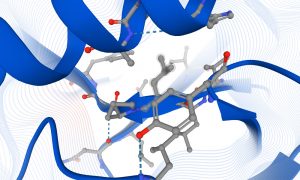
A discussion of the applications that AlphaFold DB may enable and the possible impact of the resource on science and society.
SCIENCE & TECHNOLOGY
2021
sciencescience-technology
25 June 2021
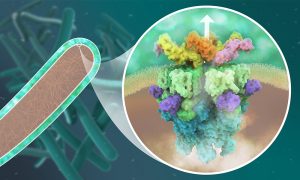
EMBL Hamburg’s Wilmanns and Kosinski groups have determined the detailed structure of a bacterial protein complex critical for tuberculosis infection.
SCIENCE & TECHNOLOGY
2021
sciencescience-technology
28 January 2020
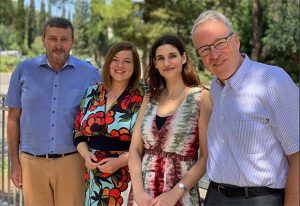
Strengthening ties between EMBL and Israel through the Scientific Visitor Programme
PEOPLE & PERSPECTIVES
2020
people-perspectivesscience
6 December 2019
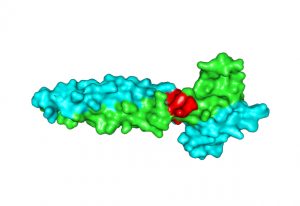
A new paper describes a unique mechanism of partner selectivity in transcription factors.
SCIENCE & TECHNOLOGY
2019
sciencescience-technology
18 February 2019
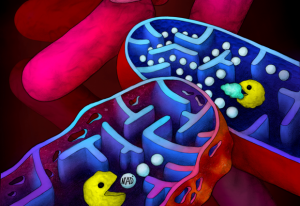
Suicide system in tuberculosis bacteria might hold key to treatment
SCIENCE & TECHNOLOGY
2019
sciencescience-technology
7 November 2018
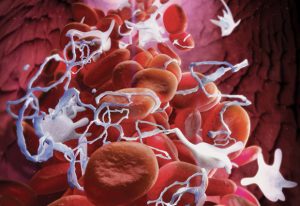
EMBL scientists investigate the structure of a key protein involved in blood clotting
SCIENCE & TECHNOLOGY
2018
sciencescience-technology
1 September 2017
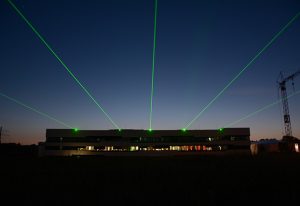
Newly opened European X-Ray Free-Electron Laser celebrates start of user operations
CONNECTIONS
6 July 2017
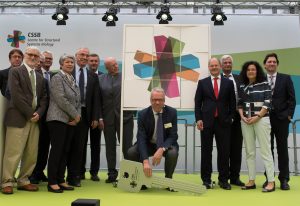
On 29 June, at a ceremony in front of 700 guests, the Centre for Structural Systems Biology (CSSB) in Hamburg, was officially opened. At the event on the Deutsches Elektronen-Synchrotron (DESY) Campus in Hamburg, Helmut Dosch, Chairman of the DESY Board of Directors, presented Head of EMBL Hamburg…
CONNECTIONSLAB MATTERS
2017
connectionslab-matters
11 April 2017
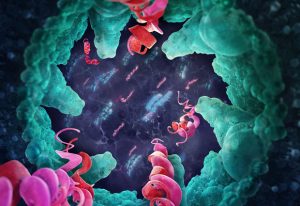
EMBL scientists add crucial knowledge to understanding of the bacterium that causes tuberculosis
SCIENCE & TECHNOLOGY
2017
sciencescience-technology
14 June 2016
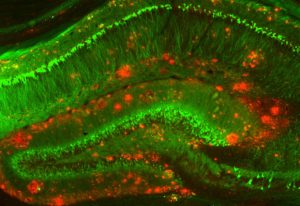
How cells eliminate protein deposits that can lead to neurodegenerative disorders
SCIENCE & TECHNOLOGY
2016
sciencescience-technology
10 May 2016
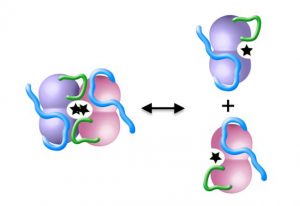
Unexpected results: structure of DAPK enzyme reveals dual-purpose loop
SCIENCE & TECHNOLOGY
2016
sciencescience-technology
24 March 2016
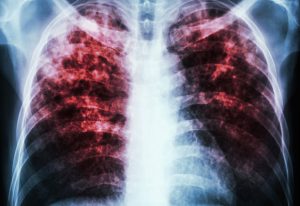
How an EMBL team is making and sharing tools to explore tuberculosis protein structures
SCIENCE & TECHNOLOGY
2016
sciencescience-technology
18 January 2016
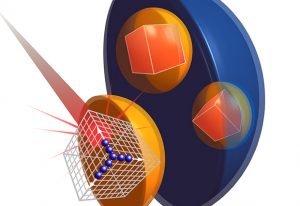
Hamburg collaborators analyse protein crystals inside the cells that made them.
SCIENCE & TECHNOLOGY
2016
sciencescience-technology
24 November 2015
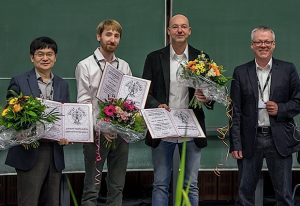
EMBL scientists regularly receive prestigious awards – meet the latest honourees.
EMBL ANNOUNCEMENTSLAB MATTERS
2015
embl-announcementslab-matters
20 February 2015
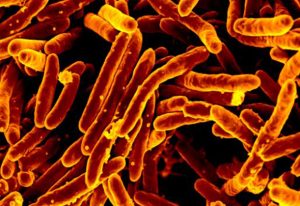
Hamburg-led tuberculosis study demonstrates the power of collaboration.
SCIENCE & TECHNOLOGY
2015
sciencescience-technology
26 January 2015
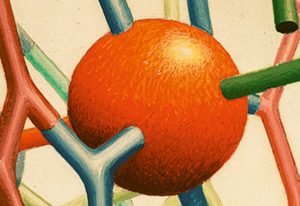
As EMBL Hamburg celebrates 40 years, we explore the past, present and future of crystallography.
SCIENCE & TECHNOLOGY
2015
sciencescience-technology
11 December 2014
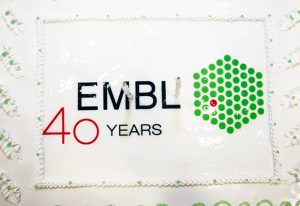
EMBL Hamburg celebrates four decades of vision, pioneering research and beamline services.
CONNECTIONS
24 November 2014
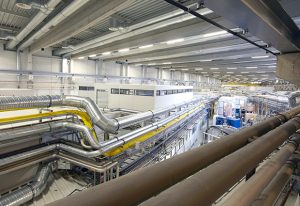
Life Science Nord event reveals how pharmaceutical companies use synchrotrons for their research.
SCIENCE & TECHNOLOGY
2014
eventsscience-technology
2 September 2014
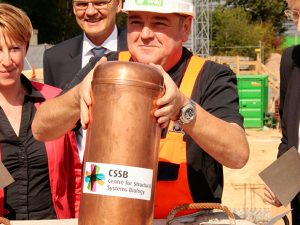
Research building for interdisciplinary Centre for Structural Systems Biology (CSSB) takes shape.
CONNECTIONS
1 July 2014
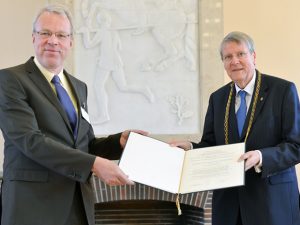
EMBL scientists regularly receive prestigious awards - meet the latest honourees
LAB MATTERS
1 July 2014

As the Lab turns 40, staff and alumni share 40 things that make EMBL, EMBL
LAB MATTERS
14 February 2011
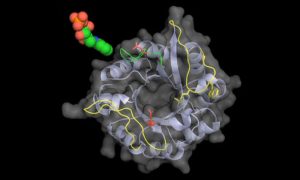
In a paper published online today in PNAS, scientists from the European Molecular Biology Laboratory (EMBL) in Hamburg, Germany, reveal new insights into the workings of enzymes from a group of bacteria including Mycobacterium tuberculosis, the bacterium that causes tuberculosis. The new findings…
SCIENCE & TECHNOLOGY
2011
sciencescience-technology
26 January 2010
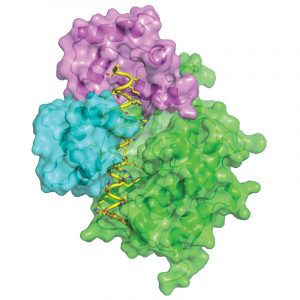
Cells rely on a range of signalling systems to communicate with each other and to control their own internal workings. Scientists from the European Molecular Biology Laboratory (EMBL) in Hamburg, Germany, have now found a way to hack into a vital communications system, raising the possibility of…
SCIENCE & TECHNOLOGY
2010
sciencescience-technology
11 January 2006
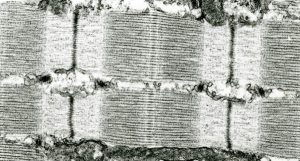
Imagine grabbing two snakes by the tail so that they can’t wriggle off in opposite directions. Scientists at the Hamburg Outstation of the European Molecular Biology Laboratory (EMBL) and collaborators from King’s College in London have now discovered that something similar happens to a…
SCIENCE & TECHNOLOGY
2006
sciencescience-technology
No results found





























